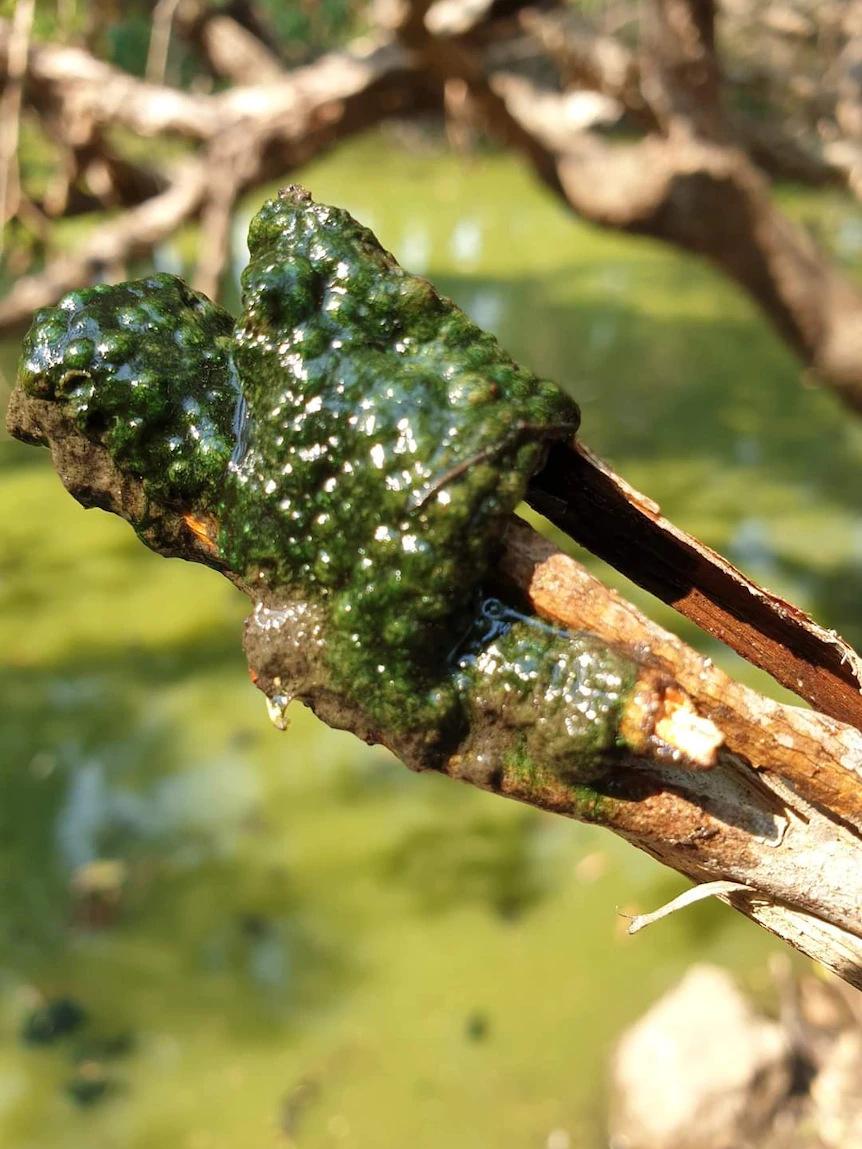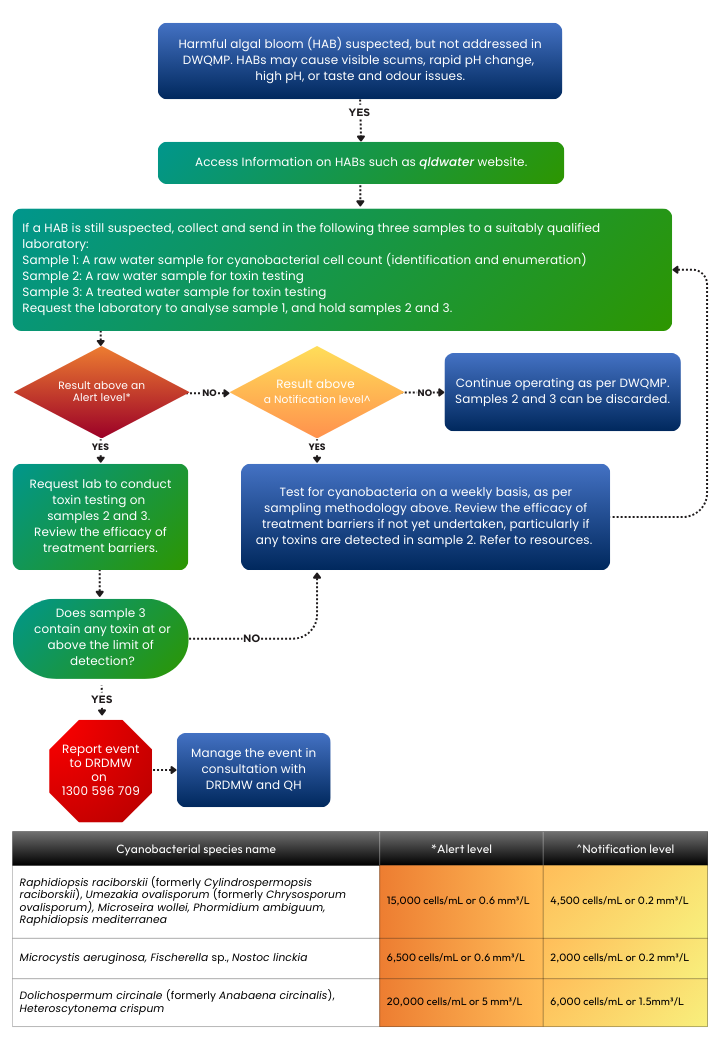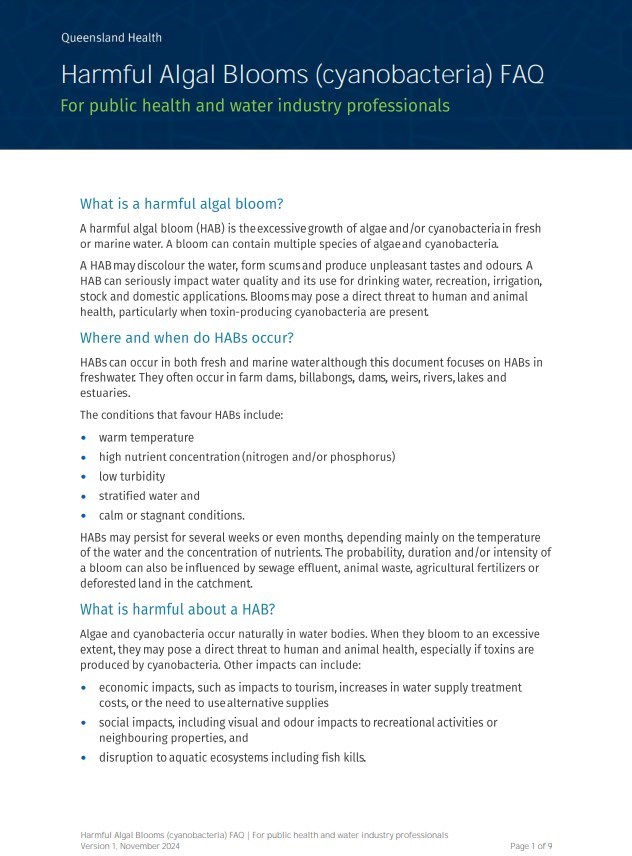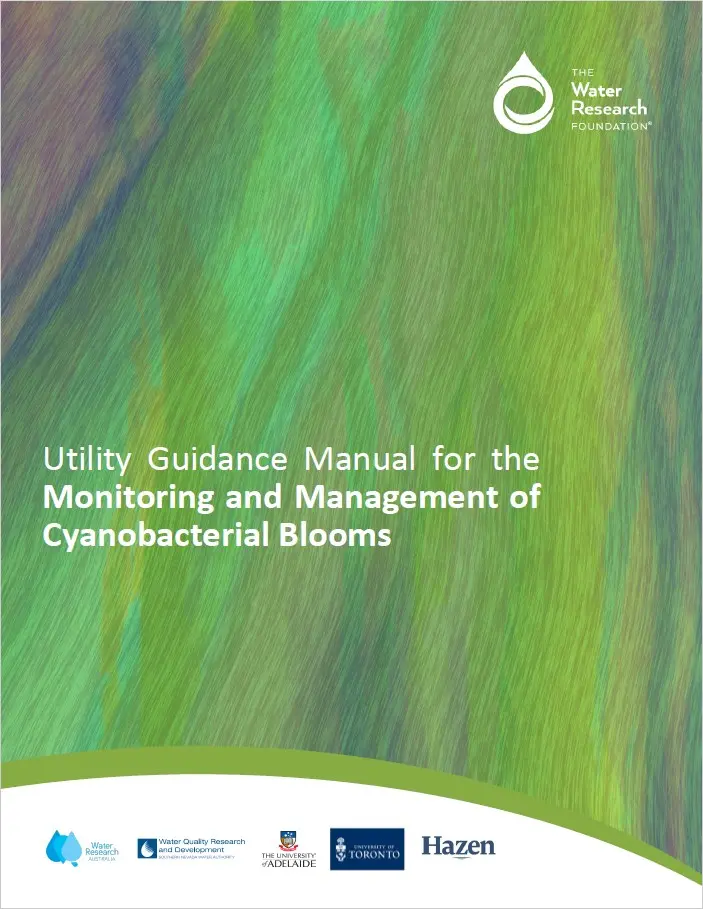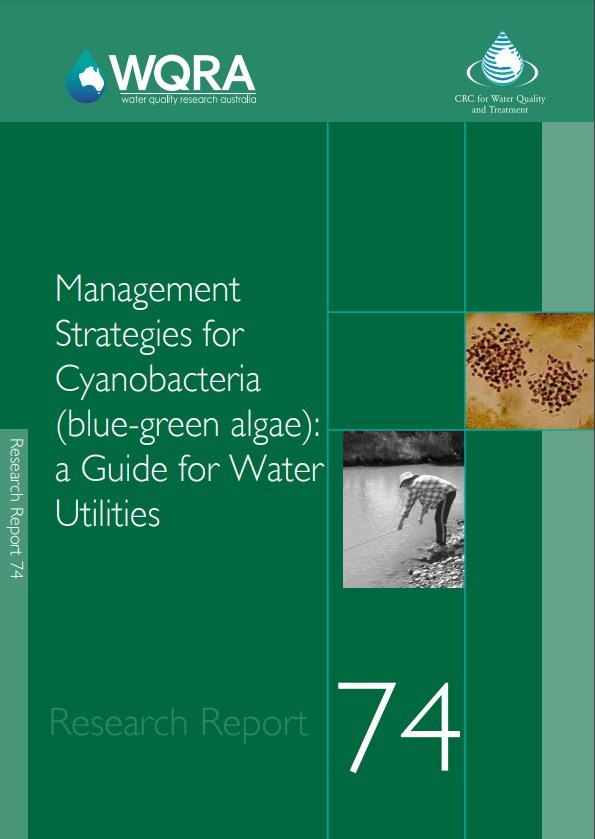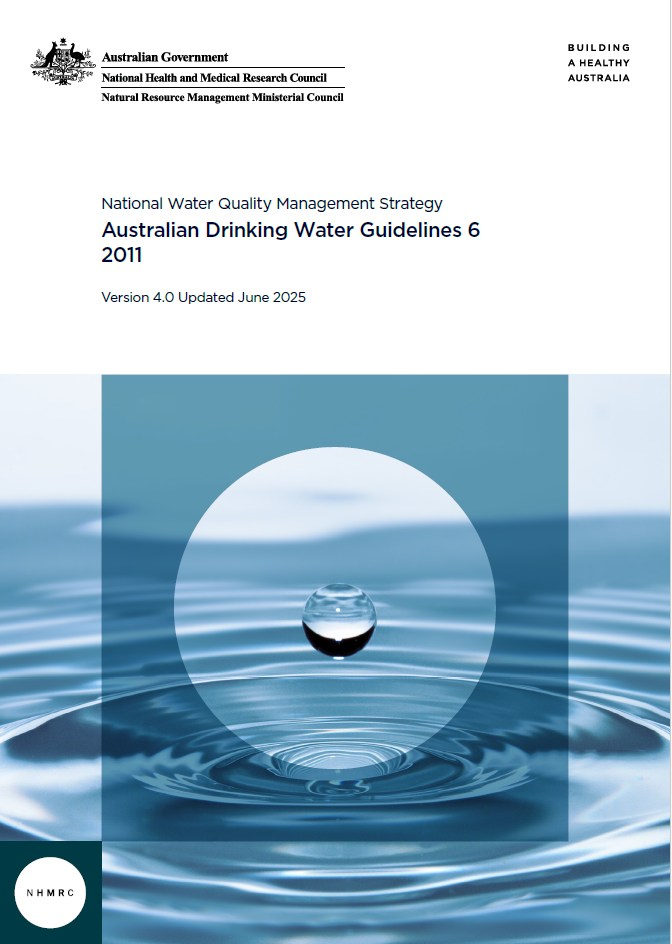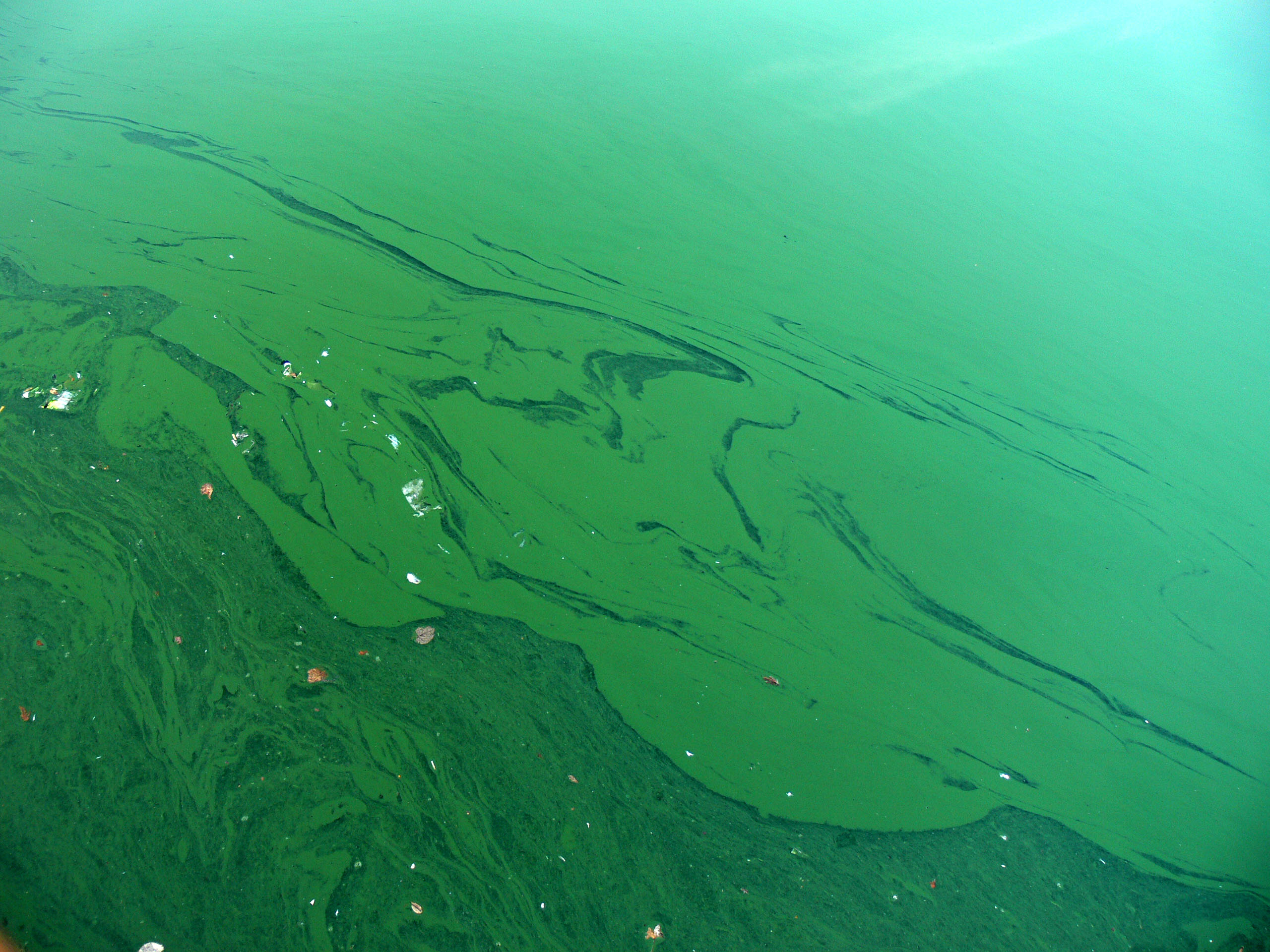Webinar Series on HABs
The warm conditions that makes Queensland so attractive to those living in colder climates unfortunately means that cyanobacteria blooms (otherwise known as Harmful Algal Blooms or HAB) appear in surface waters unusually early in the season, and in locations where they have historically been infrequent.
In 2023, qldwater hosted a series of webinars focused on three different aspects of HABs that are relevant to drinking water service providers, followed by member perspectives in Townsville and Mount Isa.
Recordings of the webinars are available below:
Webinar 1: Bureau of Meteorology (BOM) climate and water outlook for the 2023-24 summer
Thursday 20 October 2023
by Matthew Coulton, General Manager Agriculture and Water at the Bureau of Meteorology
We have all seen a warmer than average winter and now, with both an El Niño and a positive Indian Ocean Dipole (IOD) underway, their combined impact can increase the chance of below average rainfall over much of Australia and higher temperatures across the southern two-thirds of the country. Based on history, it is now also more likely that warm and dry conditions will persist over eastern Australia. El Niño events also increase the risk of extreme temperature shifts like heatwaves, hotter days and increased fire risks. Matt provided a Climate and Water briefing for the 2023-24 summer.
Webinar 2: Managing HAB through your Drinking Water Quality Management Plan: Office of the Water Supply Regulator
Thursday 26 October 2023
by Ted Aldred, Manager Water Supply Regulation – Water Operations and Systems, then Department of Regional Development, Manufacturing and Water
Blue green algae outbreaks in surface waters can be challenging for water service providers, especially when coupled with other risks that are heightened by high temperatures. Boiling drinking water is not an effective means for removing or inactivating toxins associated with HABs. In this webinar Ted talks about the role of the Drinking Water Quality Management Plan in managing these risks to provide safe drinking water for your community.
Download the presentation
Download Management Strategies for Cyanobacteria (blue-green algae): a guide for water utilities
Webinar 3: Health Aspects of Harmful Algal Blooms
Thursday 2 November 2023
by Dr Phil Choi, Senior Environmental Health Scientist, Queensland Public Health and Scientific Services, Queensland Health
The conditions that favour HABs include warm temperature, stratified water and calm or stagnant conditions: all circumstances that are associated with drier than usual wet seasons. If HABs do occur, they have the potential to impact drinking water supplies as well as recreational and irrigation water supplies. Queensland Health is currently updating its FAQ on HAB, and in this presentation Phil provides an overview of the different kinds of algae, the impact of location that leads to toxins forming, and how these impact on the health of people and animals.
Download the presentation
Other resources mentioned in the presentation:
American Water Works Association Resources on Cyanobacteria/Cyanotoxins
US EPA Resources on Cyanobacterial Harmful Algal Blooms in Water Bodies
Webinar 4: Service provider experiences with HAB
Thursday 9 November 2023
In this webinar we have presentations from water service providers with experience in management of harmful algal blooms reflecting on different mitigation strategies, what worked, what didn't and other lessons learned.
Tania Strixner-Harvey from Mount Isa Water Board presents on "Blue-green algae at Clear Water Lagoon: The journey so far…"
Trish Knavel and Laura Shiels from Townsville City Council presents "Managing Harmful Algal Blooms – Townsville City Council’s Experience"
Download the Townsville City Council presentation
